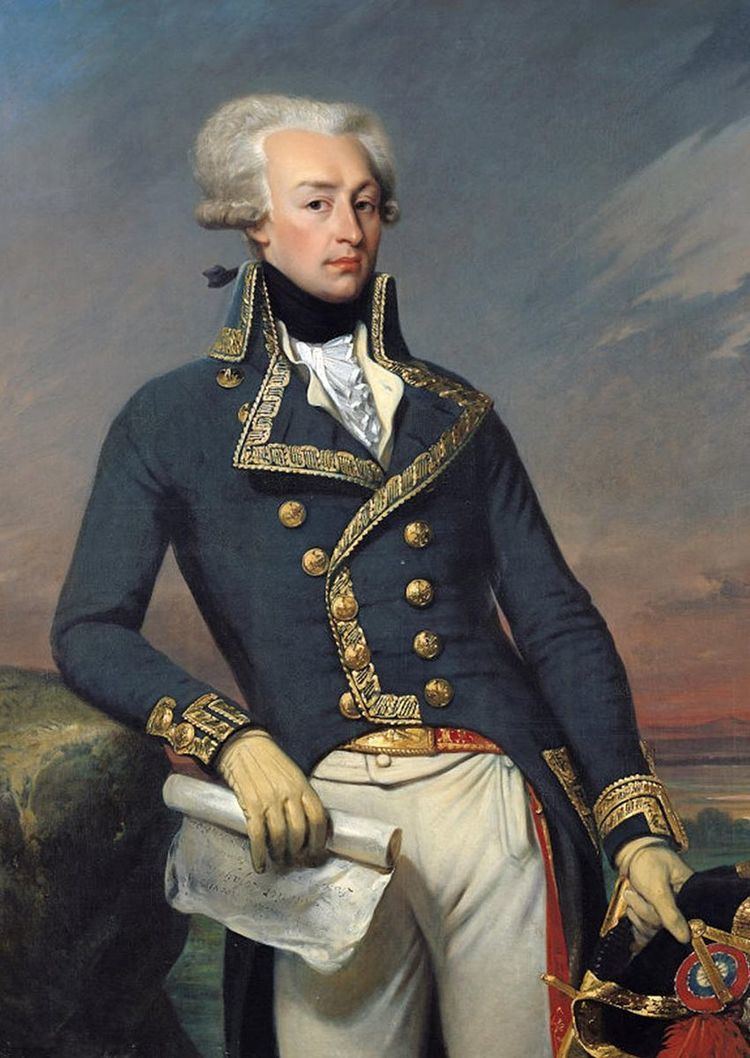 | ||
Gilbert du Motier, Marquis de Lafayette (1757–1834), a French aristocrat and Revolutionary War hero, was widely commemorated in the U.S. and elsewhere. Below is a list of the many homages and/or tributes named in his honor:
Contents
Honors
Military and maritime
Several warships were named after Lafayette:
Counties, cities, streets and squares
Streets
Many streets around the United States (and abroad) are named for Lafayette, including:
Lafayette in sculpture
Works cited
References
Honors and memorials to the Marquis de Lafayette Wikipedia(Text) CC BY-SA
